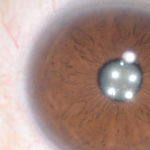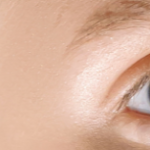What Can Iridology Tell You?
Iridology is an alternative medicine and non invasive treatment that studies the patterns on the iris, which is the coloured part of your eye. It is based on the theory that it is possible to assess the health and potential health issues by analysing the changes in structure, texture and colour of the iris and pupil of the eye. These marks and colours can show various conditions of the body’s tissues and levels of toxicity in the body.
Iridology gives the holistic health practitioner a tool to analyse the overall constitution or resiliency of each individual. It also gives an insight into areas of strengths and weaknesses that have been inherited. Iridology can therefore help identify potential or root causes of problems, even when specific symptoms have not yet occured. Iridology may reveal organs that are under or over performing and those that are under stress.

The following are some examples of what Iridology can tell you.
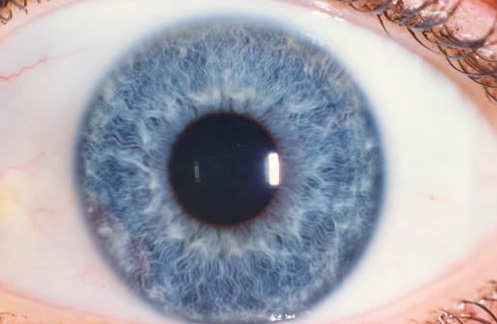
Blue eyes in human beings are a lot less common than brown eyes. The percentage of humans with blue eyes is only 3% worldwide.
Eye colour depends on the amount of a single type of pigment called melanin, in the iris of the eye. It is believed that a genetic mutation affecting the OCA2 gene in our chromosomes resulted in the limited production of melanin in the iris, effectively diluting “brown eyes” to blue.
Those with blue eyes tend to suffer from lymphatic weaknesses. These are reflected by collagen bundles in the shape of flocks, clouds, smears or beads which are white or discoloured in the eyes as shown in the photo. These indicate a stromg predisposition to stagnation, congestion, swelling and enlargement of adjacent lymph glands and tissue. They also indicate sensitive mucus membranes. Discoloured topho indicate the likelihood of toxic loading of the lymph. These symptoms are exacerbated by a sedentary life-style. Women tend to develop cyclic breast issues, especially once they have had children.
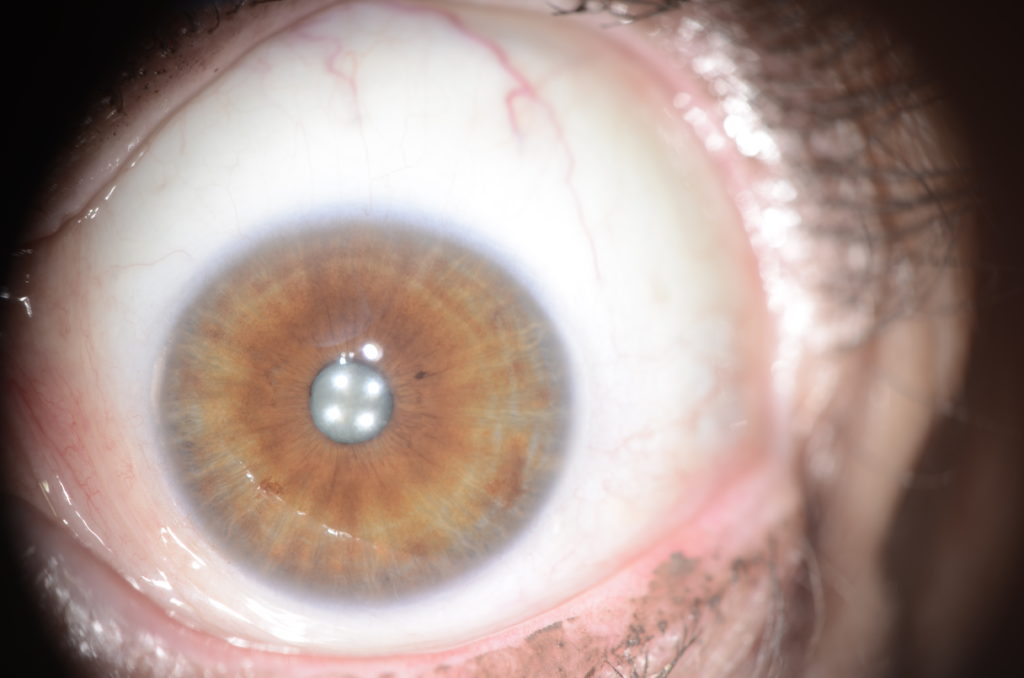
Sugar marks, indicating the level of unprocessed sugar that may indicate Diabetes or Pre-Diabetes is shown as a dark blackish ring on the outer edge of the pupil.
In this photo, you can also see “stress rings” or “Contraction Furrows” which indicates the level of stress in various organs of the body. In this photo, we can see at least 3 circular white rings in the iris, indicating the body is at least 60% stressed. At the emotional level, these rings can show vulnerability to outside influences and an increased susceptibility to anxiety, depression and even suicidal tendencies.
Watch our short video on How To Use Iridology To Spot Diabetes.
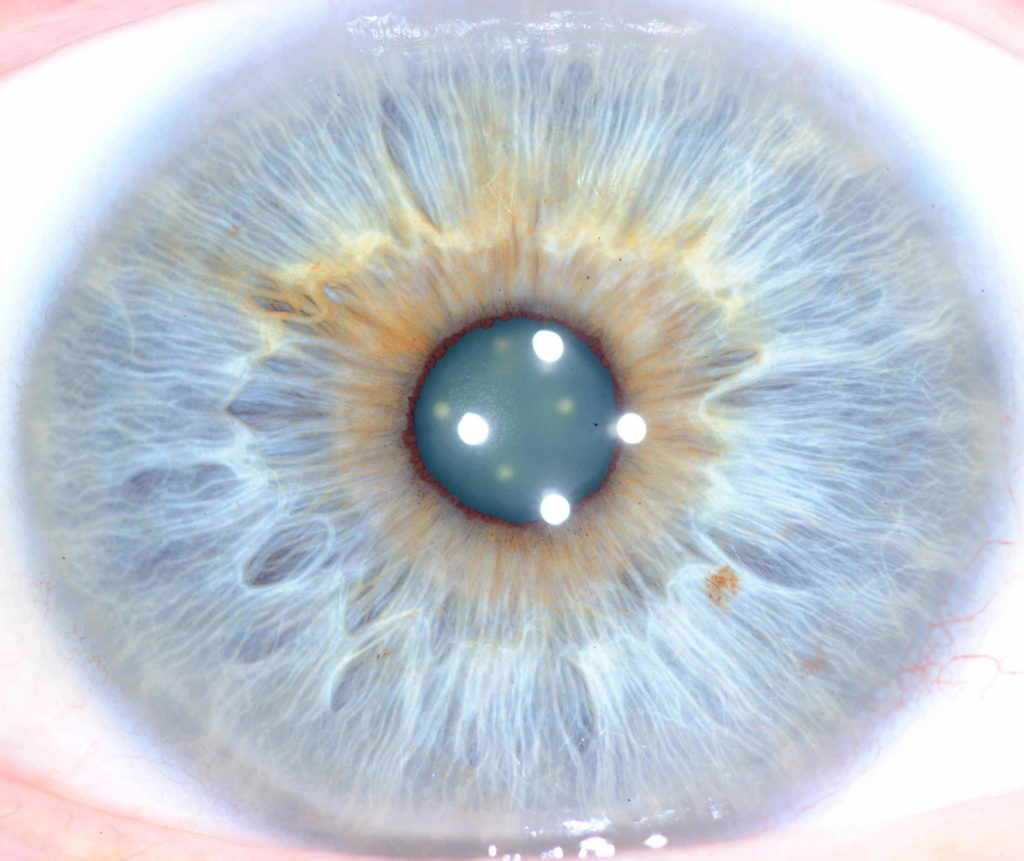
A Fermentative Digestive System is shown by the brown, orange and yellow colours in this blue eye. Symptoms include burning reflux, bloating and heartburn soon after eating carbohydrates. The person may notice the passing of undigested food in the stool. This is caused by imbalanced gastric secretions and pancreatic enzymes. Symptoms may be exacerbated by excessive intake of starchy foods.
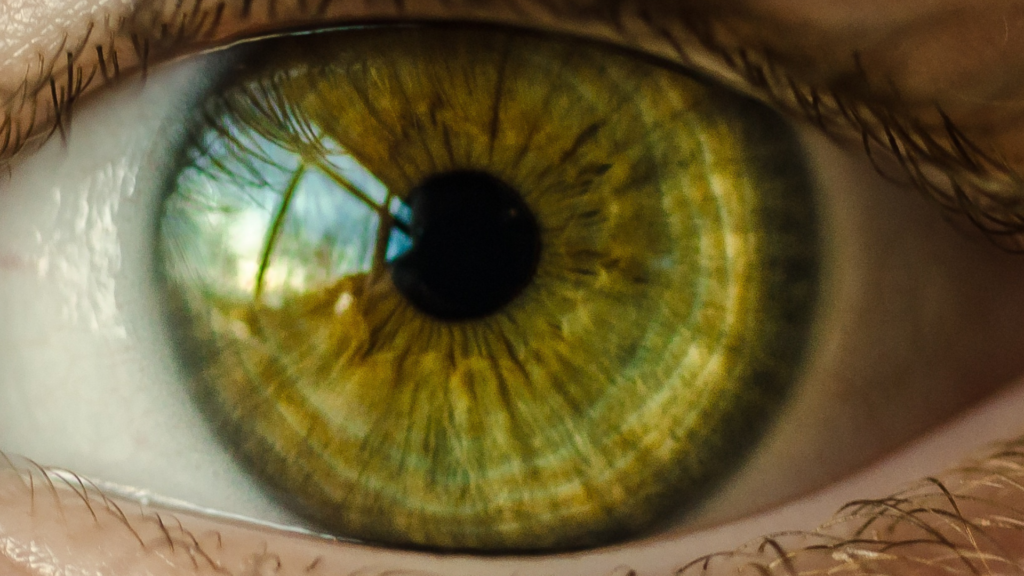
Stress rings or contraction furrows, as discussed above, is more visible in this photo. It is easier to spot with the naked eye in lighter colour irises.
The dark spokes that radiate like spokes in a wheel are called radii solaris. Radii Solaris means rays of the sun. These are more visible in the superior iris area, representing the head zone. Symptoms of someone with these signs include headaches and nerve weaknesses in associated areas.
There are two types of furrows. Major furrows interrupt the structure of the Collarette and suggest altered circulation of the blood and deep lymph plus nervous system involvement of the adjacent organs and tissue due to disturbed automatic nervous system regulation. Minor furrows are confined between the pupil border and the collarette. These indicate an increased disposition to gastric tension, intestinal colic and the possibility of leaky gut syndrome.
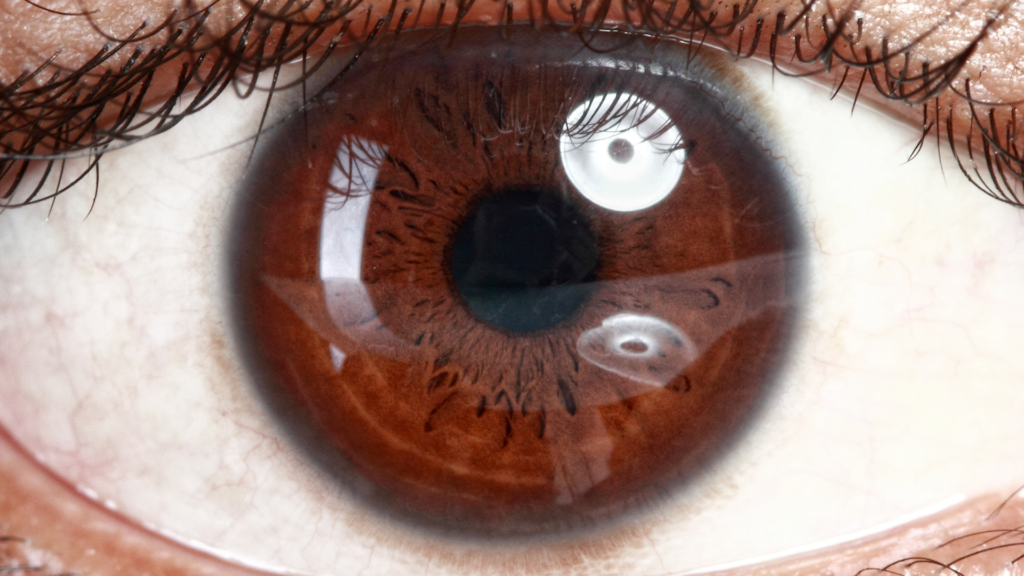
This darker brown iris shows lacuna or textured gaps in the anterior fibre layers of the iris. These “tear shaped” markings indicate potential issues in the underlying areas. They are assessed by their shape and shading.
The structural pattern of the iris is inherited. Lacunae which is the plural form of lacuna identify family health patterns of the previous three generations. Whether or not we express the full potential of these signs are determined by the way we eat, drink, think, live and love. Our emotions play a significant role in this outcome.

This significant dark line around 5 o’clock of this eye photo indicates severe weakness in the respective organ area. Dark marks could also indicate potential of tumours that may either be malignant or benign and we would highly recommend more detailed tests be done immediately to confirm any suspicions of a much more serious condition.
Above are just a handful of examples of Iridology Pictures and their meanings. If you have or know someone who has any of the above or other concerns of markings in their eye, we highly recommend you book in for a full consultation so that we can assist you or the person further. Similar to a boiler or vehicle check, it will be impractical to give remote advice without a close up Iridology check up in person.
Do check out our other related blogs:
Can You See Illness In Your Eyes?
NEXT STEPS
Book in a complimentary 15 minutes Zoom call with us (valued at £99) to enable us to clarify questions you may have on a specific health concern.



